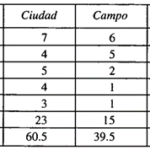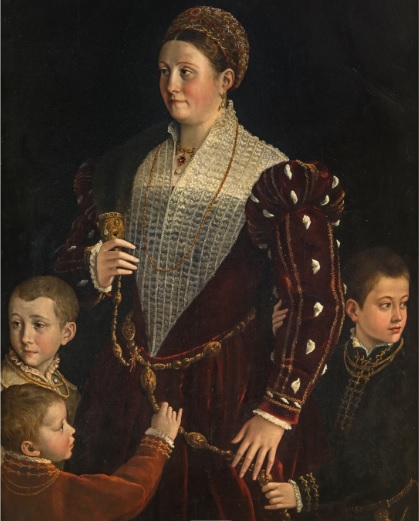The dowry was the movable and immovable property that the woman brought to the marriage. Its amount and composition varied according to the economic possibilities of the family: clothes, kitchen utensils, furniture and household goods were the most common. From the studies carried out in the Sierra de Alcaraz (province of Albacete) for the 18th century, we obtain that the average value of the dowry was 10,086 reals. This average is the result of a clear inequality between the few most valuable dowries (10% of the dowries were worth more than 25,000 reales, accounting for 44% of the overall amount) and the greater number of dowries with a value ranging between 1,000 and 5,000 reales: 52% of the cases. This 52% is a reflection of the general economic inequality, although regional variables can be observed; in the cities of Lorca and Murcia this percentage drops to 40; the party of Cáceres shows similar data, although the city of Cáceres doubles the average amount of the dowry in relation to the Sierra de Alcaraz. The variability is explained through socio-economic factors predominant in each place, as well as its demographic structure and property ownership.
Collection: Statistics
Project: 3. Rural world and urban world in the formation of the European identity., 4. Family, daily life and social inequality in Europe.
Chronology: XVIII
Scope: Secondary Education, Baccalaureate, University
Resource type: Statistics
Format: Table
Source: García González, F. (2000). Las estrategias de la diferencia. Familia y reproducción social en la Sierra. (Alcaraz, siglo XVIII). Madrid: Ministerio de Agricultura, Pesca y Alimentación, p. 163.
Language: Spanish
Date: 2000
Owner: Pablo Ballesta Fernández (Modernalia)
Copyright: ©Ministerio de Agricultura, Pesca y Alimentación ©Francisco García González ©Seminario de Historia Social de la Población
Abstract: Transmission of patrimony in the form of matrimonial dowry in the Sierra de Alcaraz as a form of social reproduction
Image
Tags






